It’s Sugar Awareness Week and my thoughts have turned to the sweet stuff.
Did you know:
- Nina Simone, The Rolling Stones, Def Leppard and Lenny Kravitz all sang songs with ‘SUGAR’ in the title.
- 176 million tonnes of sugar are produced each year!
- In Europe and the UK beets are grown for sugar, while in India, Thailand, Brazil and Africa sugar comes form sugar cane.
- The price of sugar has gone up by 56% from 2018 to 2020 – apparently there is a sugar shortage.
- Cat’s can’t taste sweet foods – they no longer have the right taste receptors so are ‘sweet blind’.
However, I don’t think that’s what these 7 days are about. Most likely the focus of this month’s Sugar Awareness Week is on the impact of excess sugar consumption on health.
WHY IT’S EASY TO EAT TOO MUCH ADDED SUGAR
You’re probably aware of the many negatives that come from having too much added sugar in your diet: from weight gain, to an increased risk of diabetes and cardiovascular disease, to having deeper wrinkles.
But even when you know about the negatives and decide you want to cut back, it isn’t always easy to overcome life-long habits.
- What if you grew up thinking sweet foods were a treat or reward and eating them helps you cope with a particularly rubbish day?
On the other hand, you might find yourself eating sugary foods for completely different reasons.
- What if there are several hours between eating dinner and going to bed, and you find yourself munching on biscuits or ice cream to help keep your hunger at bay?
- What if you also need to rely on sugary snacks for a burst of energy just to make it through to your evening meal?
As a quick fuel and source of glucose for energy, it’s pretty understandable why you might crave something sweet whenever you’re hungry or tired. However, situations like these can quickly push you into a state of sugar overload that’s bad for your health.
If this is what’s happening for you on a daily basis, then it makes sense to have some alternatives at hand.
Take a look at these 5 foods, recipes and ideas which will help keep your sugar intake in control, satisfy your sweet tooth, fill you up, and give your energy levels a sustained boost.
5 WAYS TO REDUCE YOUR INTAKE OF ADDED SUGAR
1. Switch from fruit jam to fruit spread
 This is an easy swap and highly recommended if you regularly put jam on the table at breakfast. The difference is that jam is made with fruit and sugar, while fruit spreads use fruit and natural fruit juice. So while 100g of a typical jam might have 59g of carbs and 59g of sugars, the same amount of fruit spread will have 55g of carbs and 44g of sugar. You’ll also get to avoid the glucose-fructose syrup that some jam is made with and which is really rubbish for your health.
This is an easy swap and highly recommended if you regularly put jam on the table at breakfast. The difference is that jam is made with fruit and sugar, while fruit spreads use fruit and natural fruit juice. So while 100g of a typical jam might have 59g of carbs and 59g of sugars, the same amount of fruit spread will have 55g of carbs and 44g of sugar. You’ll also get to avoid the glucose-fructose syrup that some jam is made with and which is really rubbish for your health.
2. Cut the sugar in your recipes by ¼
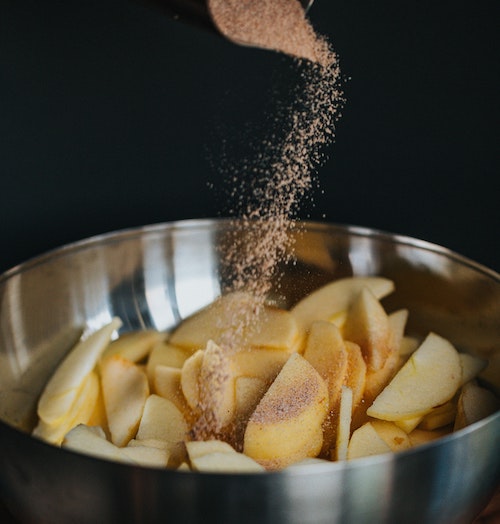 Oddly enough, the less sugar you eat the less you’ll actually want, and the more you’ll come to notice how most convenience foods are ridiculously sweet. Just scan the labels of many cookies and cakes and you’ll find sugar listed as the first ingredient.
Oddly enough, the less sugar you eat the less you’ll actually want, and the more you’ll come to notice how most convenience foods are ridiculously sweet. Just scan the labels of many cookies and cakes and you’ll find sugar listed as the first ingredient.
This translates into many recipes too, so if you’re cooking at home, just cut the amount of sugar by a quarter. Most foods will still bake just fine, and you won’t notice the difference in taste.
3. Eat fibre and chromium rich foods twice a day
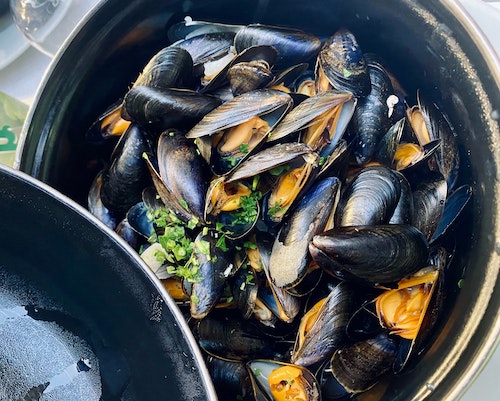 Foods which are rich in fibre and chromium pack a double punch when it comes to imacting your health. They’ll fill you up. They’ll help your insulin work better so you’ll process glucose more efficiently and fuel your cells more effectively. Together this minimises the hunger pangs and energy crashes which can really upset your day.
Foods which are rich in fibre and chromium pack a double punch when it comes to imacting your health. They’ll fill you up. They’ll help your insulin work better so you’ll process glucose more efficiently and fuel your cells more effectively. Together this minimises the hunger pangs and energy crashes which can really upset your day.
Mussels (128mcg/ 4oz serving), brocolli (22mcg / serving), brazil nuts (5mcg / 5 nuts), beef (2mcg / 3oz serving) and turkey (1.7mcg / 3oz serving) are common foods which are good sources of chromium. Whole wheat flour also has a high amount (21mcg / 100g).
4. Swap honey and agave for yacon syrup
 Made from the juice of a South American plant, yacon syrup is dark, rich and tastes of molasses, and a little goes a long way. The mix of carbohydrates in yacon includes: fructose, glucose and sucrose – types of sugar which have a sweet taste; soluble dietary fibre (most notably FOS a type of fructan); and the fibre inulin. In fact the FOS and the inulin are what makes yacon so interesting nutritionally.
Made from the juice of a South American plant, yacon syrup is dark, rich and tastes of molasses, and a little goes a long way. The mix of carbohydrates in yacon includes: fructose, glucose and sucrose – types of sugar which have a sweet taste; soluble dietary fibre (most notably FOS a type of fructan); and the fibre inulin. In fact the FOS and the inulin are what makes yacon so interesting nutritionally.
FOS, or fructo-oligosaccharides, may sound like a bit of a mouthful, but they’re not just a tongue-twister. As prebiotics they give your good bacteria something to munch on, helping to keep your digestive health on track. Inulin has a similar impact, but in addition it may help keep you full, increase calcium absorption, and help to reduce the stubborn, hidden visceral fat that tends to collect around the waist.
5. Bake with lucuma instead of brown sugar or icing sugar
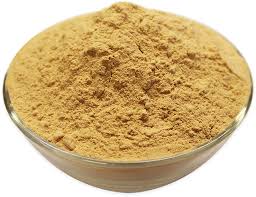 Native to Chile, Ecuador and Peru, the fruit from the lucuma tree makes a great alternative to sugar. It’s got a fab taste – think butterscotch and sweet potato. It contains a mix of carbohydrates – starches, fibre, as well as simple sugars – so has less impact on your insulin and energy levels.
Native to Chile, Ecuador and Peru, the fruit from the lucuma tree makes a great alternative to sugar. It’s got a fab taste – think butterscotch and sweet potato. It contains a mix of carbohydrates – starches, fibre, as well as simple sugars – so has less impact on your insulin and energy levels.
It’s a source of both soluble and insoluble fibres (the type that fill you up, keep your bowels moving smoothly and feed the good bacteria in your digestive system). It has xanthopyhlls, polyphenols, vitamin C and other antioxidants which are used by the body. Most importantly, a 7.5g tablespoon has just 30calories, 6g of carbs, 1.5g of sugar and 2g of fibre.
If you fancy baking with lucuma, here’s a recipe for a sweet pastry.
New Recipe: Sour Cherry & Walnut Tart with Rum Vanilla Frangipane
It’s perfect if this is your first attempt at making pastry – it always seems to bake well. I’ve made pies and tarts using homemade minced meat, apples, and sour cherries and walnuts and the subtly sweet, caramel notes have been a perfect match for them all.
The desire to eat sweet foods can be triggered by many situations – from needing comfort, to being hungry or in need of an energy boost. However, as the impact of excess sugar consupmtion on health is well know, finding ways to kerb a sugar craving makes sense when you’re focused on health. Removing all added sugar might be a challenge too far, but with some simple swaps there are ways to keep your energy levels up without resorting to sugary snack.
Images from Unsplash.com
Mae Mu
Michielie Henderson
Nathan Dumlao
Nikolay Smeh
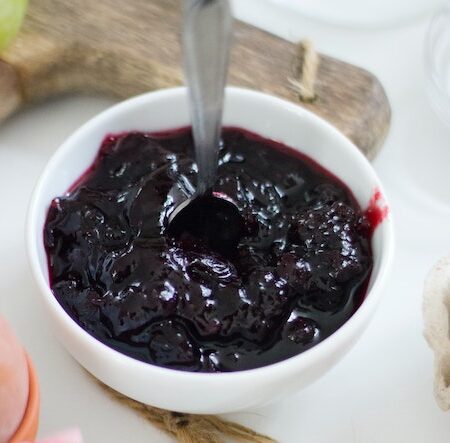

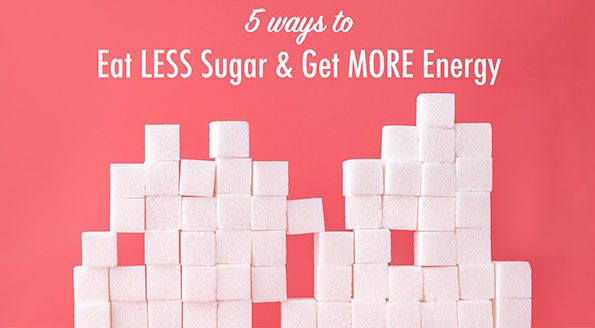

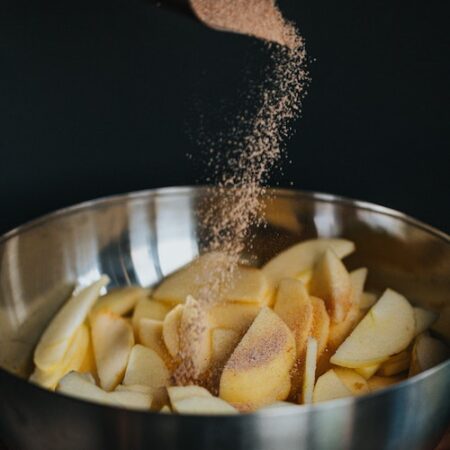
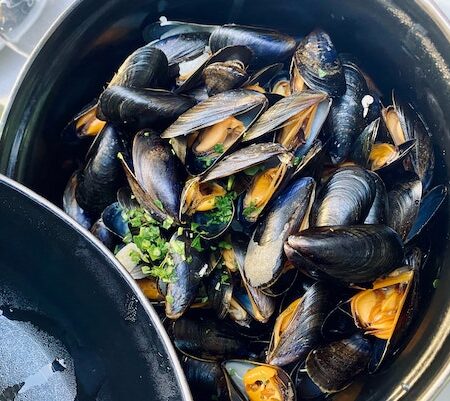


 This is an easy swap and highly recommended if you regularly put jam on the table at breakfast. The difference is that jam is made with fruit and sugar, while fruit spreads use fruit and natural fruit juice. So while 100g of a typical jam might have 59g of carbs and 59g of sugars, the same amount of fruit spread will have 55g of carbs and 44g of sugar. You’ll also get to avoid the glucose-fructose syrup that some jam is made with and which is really rubbish for your health.
This is an easy swap and highly recommended if you regularly put jam on the table at breakfast. The difference is that jam is made with fruit and sugar, while fruit spreads use fruit and natural fruit juice. So while 100g of a typical jam might have 59g of carbs and 59g of sugars, the same amount of fruit spread will have 55g of carbs and 44g of sugar. You’ll also get to avoid the glucose-fructose syrup that some jam is made with and which is really rubbish for your health. Oddly enough, the less sugar you eat the less you’ll actually want, and the more you’ll come to notice how most convenience foods are ridiculously sweet. Just scan the labels of many cookies and cakes and you’ll find sugar listed as the first ingredient.
Oddly enough, the less sugar you eat the less you’ll actually want, and the more you’ll come to notice how most convenience foods are ridiculously sweet. Just scan the labels of many cookies and cakes and you’ll find sugar listed as the first ingredient. Foods which are rich in fibre and chromium pack a double punch when it comes to imacting your health. They’ll fill you up. They’ll help your insulin work better so you’ll process glucose more efficiently and fuel your cells more effectively. Together this minimises the hunger pangs and energy crashes which can really upset your day.
Foods which are rich in fibre and chromium pack a double punch when it comes to imacting your health. They’ll fill you up. They’ll help your insulin work better so you’ll process glucose more efficiently and fuel your cells more effectively. Together this minimises the hunger pangs and energy crashes which can really upset your day. Made from the juice of a South American plant, yacon syrup is dark, rich and tastes of molasses, and a little goes a long way. The mix of carbohydrates in yacon includes: fructose, glucose and sucrose – types of sugar which have a sweet taste; soluble dietary fibre (most notably FOS a type of fructan); and the fibre inulin. In fact the FOS and the inulin are what makes yacon so interesting nutritionally.
Made from the juice of a South American plant, yacon syrup is dark, rich and tastes of molasses, and a little goes a long way. The mix of carbohydrates in yacon includes: fructose, glucose and sucrose – types of sugar which have a sweet taste; soluble dietary fibre (most notably FOS a type of fructan); and the fibre inulin. In fact the FOS and the inulin are what makes yacon so interesting nutritionally. Native to Chile, Ecuador and Peru, the fruit from the lucuma tree makes a great alternative to sugar. It’s got a fab taste – think butterscotch and sweet potato. It contains a mix of carbohydrates – starches, fibre, as well as simple sugars – so has less impact on your insulin and energy levels.
Native to Chile, Ecuador and Peru, the fruit from the lucuma tree makes a great alternative to sugar. It’s got a fab taste – think butterscotch and sweet potato. It contains a mix of carbohydrates – starches, fibre, as well as simple sugars – so has less impact on your insulin and energy levels.